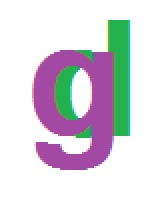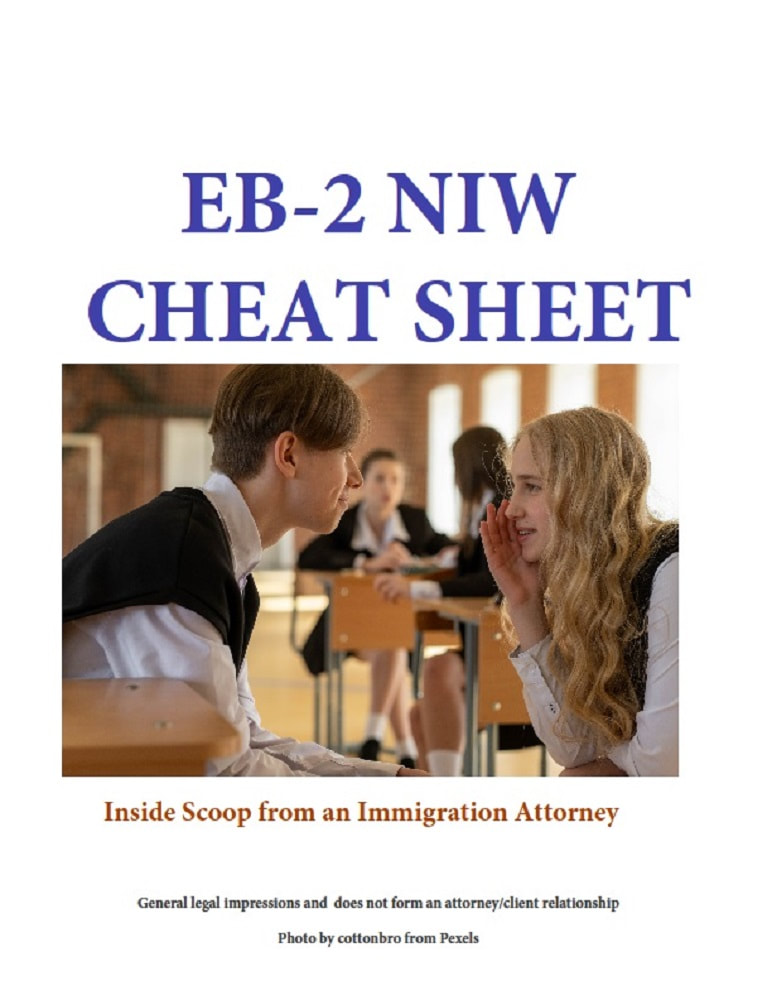 When you are living and studying in the United States on an F-1 student visa, your wallet can empty out quickly. Out-of-state tuition, books, and housing add up, and your on-campus employment may not be much of a help. Fortunately, the United States Citizenship and Immigration Service (USCIS) considers special situations that may warrant the granting of an Employment Authorization Document (EAD) to an F-1 visa student. Of course, this is done per their discretion, rather than a guarantee. What does USCIS consider a special situation? USCIS realizes that natural catastrophes and other extreme occurrences can affect one’s immigration needs. In such situations, CIS can consider certain requests on a case-by-case basis. Some of the entreaties that USCIS will evaluate include those for delayed extensions or changes of status; fee waivers; and employment authorizations for F-1 visa students. This article will focus on the third type of request. Severe Economic Hardship to F-1 Students Caused by Unforeseen Circumstances If an F-1 visa student experiences severe economic hardship because of unexpected circumstances that are out of their personal control, they can request an EAD card so that they can work off-campus and make more money. Some examples of unforeseen circumstances that USCIS considers include the following:
How an F-1 Student Can Apply for An EAD Card An F-1 visa student who believes that they have a qualifying unforeseen circumstance can apply for an EAD card by filing Form I-765 with accompanying evidence of the hardship. Additionally, the Designated School Official (DSO) will need to complete the employment page on their Form I-20. This will show that they are eligible for off-campus employment due to severe economic hardship caused by unforeseen circumstances beyond their control. An approved EAD card for an F-1 student is valid in one-year intervals until the expected date of graduation so long as the need for off-campus employment still exists. Applying for Special Student Relief Certain F-1 visa holders can also apply for special student relief that can allow them to receive an EAD card. Examples of students who might qualify for special relief include the following:
Students on an F-1 visa who believe that they might qualify for special relief should submit Form I-765 and their Form I-20 to USCIS with compelling evidence of their needs. Ask an immigration attorney near you If you are not sure whether your case might be considered by USCIS to be a special situation, or if you need help with presenting a compelling request to the immigration service, you might consider talking it over with an immigration lawyer near you. You can also join our Facebook group, “OPT to EB-2 NIW.” Photo by Pavel Danilyuk from Pexels  If you would like to achieve an employment-based green card, but you do not want to get a job offer and labor certification, the EB-2 national interest waiver might be for you. Foreign nationals are able to self-petition for this type of lawful permanent residency, even if they are living outside the United States. Self petitioning; however, does not mean that an individual cannot access the experience of an immigration attorney. In fact, a lawyer who handles employment-based green cards can actually serve as the petitioner for the case, as well. Matter of Dhanasar In December 2016 the framework for the EB-2 national interest waiver changed as a result of Matter of Dhanasar, a case that sought to revamp the criteria for achieving a waiver of the job offer and labor certification requirement of an EB-2. What resulted is the current three-prong test for an NIW:
Proposed Endeavor The second element for an EB-2 NIW, according to Dhanasar, is “that the foreign national is well positioned to advance the proposed endeavor.” But how does one show what their proposed endeavor is? And what qualifies as a proposed endeavor? Fortunately, an EB-2 NIW candidate does not have to establish that their plans will definitely be successful in the United States once they are granted permanent residency. Therefore, the petitioner can submit a one-page future plan of their short and long term goals, or they can submit the large personal plan that has recently become popular among immigration tools merchants. According to the Dhanasar case, being well positioned to achieve a proposed endeavor can be evidenced by “a model or plan for future activities; any progress towards achieving the proposed endeavor; and the interest of potential customers, users, investors, or other relevant entities or individuals.” Other items can also assist in proving that a potential NIW beneficiary is well positioned. Using EB-1A criteria to show that you are well-positioned Although the EB-1A is a different type of green card that requires that a candidate be one of few who has risen to the top of their field, if an EB-2 NIW petitioner can show that a foreign national meets some of the criteria, this could demonstrate that they are well positioned. The EB-1A extraordinary ability green card requires that someone meet at least three of ten criteria. If a second preference NIW candidate can show evidence that they fall into any of those ten criteria, they might be able to use that information to prove that they are well positioned. For example, they might submit examples of their published research, membership cards from professional organizations, or evidence of having judged the work of others. Moreover, letters of recommendation can be useful ways to show one’s stature in a particular industry. Ask an EB-2 NIW immigration attorney near you If you want to consult with an attorney before filing a second preference green card petition, it may be prudent to speak to one who handles the EB-2 NIW on a regular basis. After all, if you want really good Italian food, you do not go to a restaurant that has a diverse menu, right? You seek out a chef that prepares that type of cuisine on a regular basis. Photo by Li Sun from Pexels |
Photos from shixart1985 (CC BY 2.0), themostinept, Cold, Indrid, Alexandre Dulaunoy, radkuch.13, Phillip Pessar, SchuminWeb, themostinept, EpicTop10.com, wuestenigel, DonkeyHotey, wwarby, hile, PEO, Assembled Chemical Weapons Alternatives, Aidan Jones, oliff11, Michael C. Rael, Unique Randomness, wuestenigel, Jonathan Rolande, wuestenigel, shixart1985, byzantiumbooks



 RSS Feed
RSS Feed




